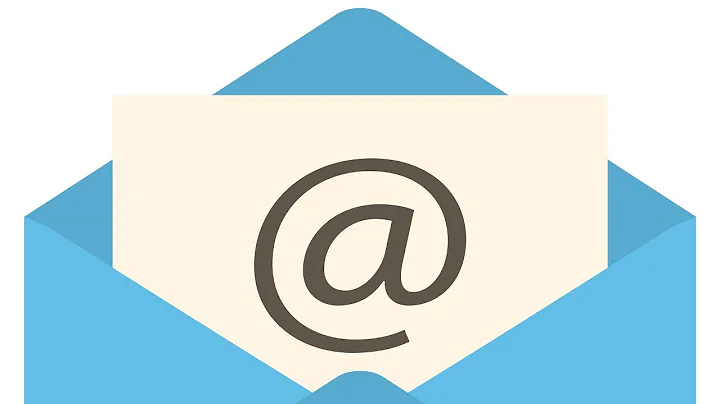How to setup an smtp server in Azure
This doc mentioned it :
Starting on November 15, 2017, outbound email messages that are sent directly to external domains (such as outlook.com and gmail.com) from a virtual machine (VM) are made available only to certain subscription types in Microsoft Azure. Outbound SMTP connections that use TCP port 25 were blocked. (Port 25 is primarily used for unauthenticated email delivery.)
Microsoft recommend you use authenticated SMTP relay services (that typically connect through TCP port 587 or 443 but support other ports, too) to send email from Azure VMs or from Azure App Services. These services are used to maintain IP or domain reputation to minimize the possibility that third-party email providers will reject the message. Such SMTP relay services include but aren't limited to SendGrid. It's also possible you have a secure SMTP relay service that's running on-premises that you can use.
Hope it helps .
Related videos on Youtube
360man
Updated on June 04, 2022Comments
-
 360man almost 2 years
360man almost 2 yearsCan a Windows VM be setup in Azure to act as an smtp server? I read somewhere that it goes against Azure policy, is there official documentation somewhere that says this?
-
Stanley Gong over 4 yearsHi , if this doc is helpful , pls click on big gray check button on this answer left side to mark this answer ,so that it will help others who have the same query :)
-
 360man over 4 yearsThat is for smtp clients not smtp servers.
360man over 4 yearsThat is for smtp clients not smtp servers. -
Stanley Gong over 4 yearsHi @360man , that doc is about smtp servers , the main point is sending out emails to external domains from Azure VMs is not supported by Microsoft, however there are few alternatives to this e.g. using the SMTP relay (which is not hosted on Azure). So basically your VM sends out an email to the SMTP relay which then actually sends it to external domains. You can see the same state in this doc : support.microsoft.com/en-ph/help/2721672/… under "Microsoft Exchange" section.

![How to Build Free SMTP Server with Open Source SMTP [Postal] in 10 minutes](https://i.ytimg.com/vi/iNX8wFqmk0Y/hq720.jpg?sqp=-oaymwEcCNAFEJQDSFXyq4qpAw4IARUAAIhCGAFwAcABBg==&rs=AOn4CLCTL8w3MkXLFLcR3jAhCOVdMYvJSA)



